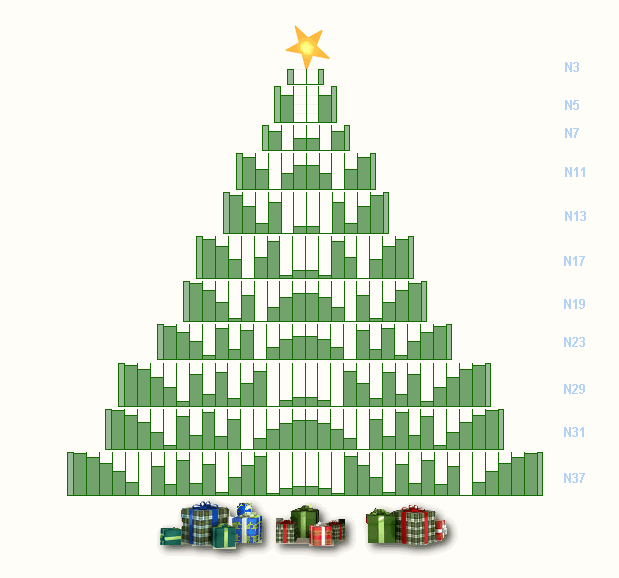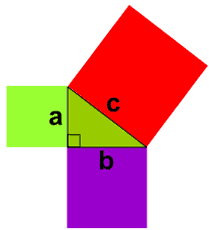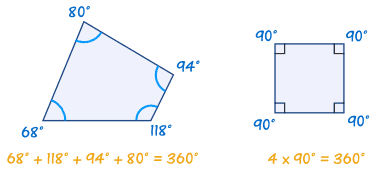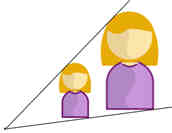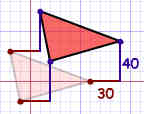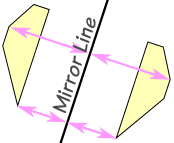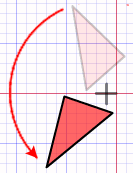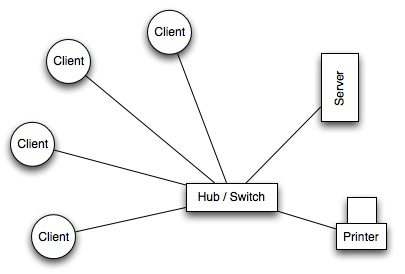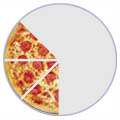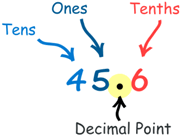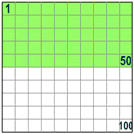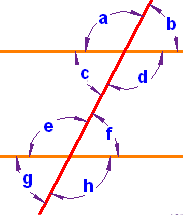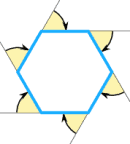Objectives:
To know that the angles of a triangle add up to 180°
Angle properties of parallel lines
To know that the sum of the interior and exterior angles of quadrilateral add up to 360°
Tangents and triangles in a semi-circle
The angles of a triangle add up to 180°
Angle properties of parallel lines
An Interior Angle is an angle inside a shape.
Triangles
The Interior Angles of a Triangle add up to 180°
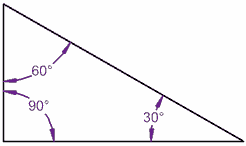 | 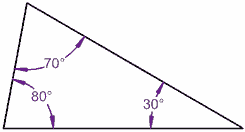 |
90° + 60° + 30° = 180°
|
80° + 70° + 30° = 180°
|
It works for this triangle!
|
Let's tilt a line by 10° ...
It still works, because one angle went up by 10°, but the other went down by 10°
|
Quadrilaterals (Squares, etc)
(A Quadrilateral has 4 straight sides)
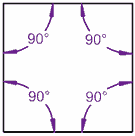 | 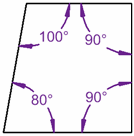 |
90° + 90° + 90° + 90° = 360°
|
80° + 100° + 90° + 90° = 360°
|
A Square adds up to 360°
|
Let's tilt a line by 10° ... still adds up to 360°!
|
The Interior Angles of a Quadrilateral add up to 360°
|
Because there are Two Triangles in a Square
The interior angles in this triangle add up to 180°
(90°+45°+45°=180°) | 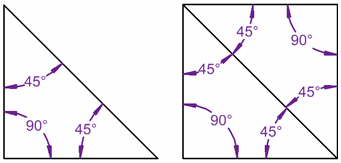 | ... and for this square they add up to 360°
... because the square can be made from two triangles! |
>>>>>>>>>>>>>>>>>>>>>>>>>>>>>>>>>>>>>>>>>>>>>>>>>>>>>>>>>>>>>>>>>>>>
Exterior angles of a polygon add up to 360
Names of polygons
>>>>>>>>>>>>>>>>>>>>>>>>>>>>>>>>>>>>>>>>>>>>>>>>>>>>>>>>>>>>>>>>>>>>>>>
The angle between the tangent and radius is 90°
A
tangent to a circle is a line which just touches the circle.
Remember:
A tangent is always at right angles to the radius where it touches the circle.
>>>>>>>>>>>>>>>>>>>>>>>>>>>>>>>>>>>>>>>>>>>>>>>>>>>>>>>>>>>>>>>>>>
The triangle drawn on the diameter of a circle is always a right angles triangle
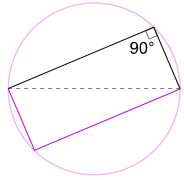 | | We could also rotate the shape around 180° to make a rectangle!
It is a rectangle, because all sides are parallel, and both diagonals are equal.
And so its internal angles are all right angles (90°). | 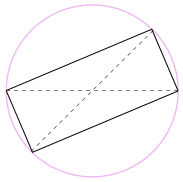 |

